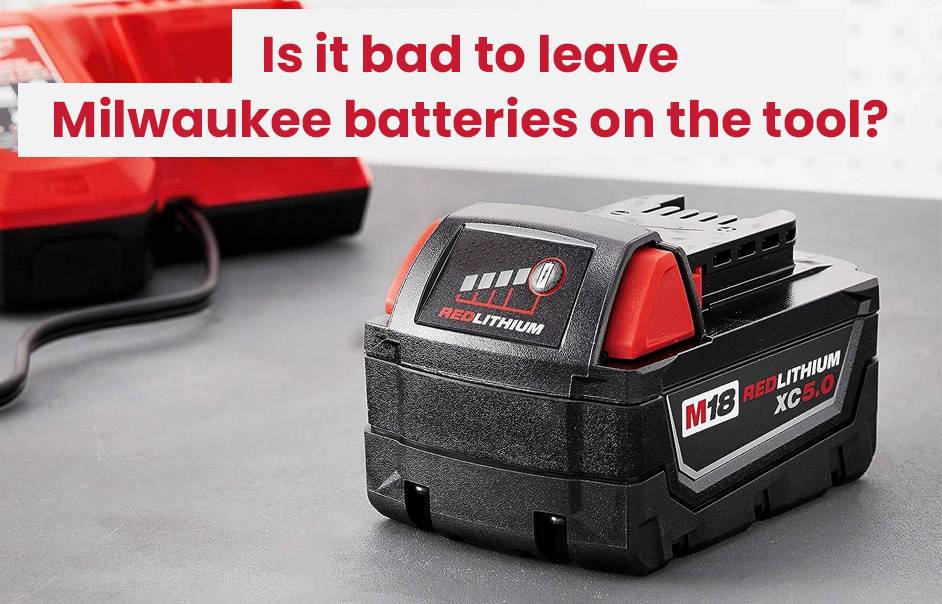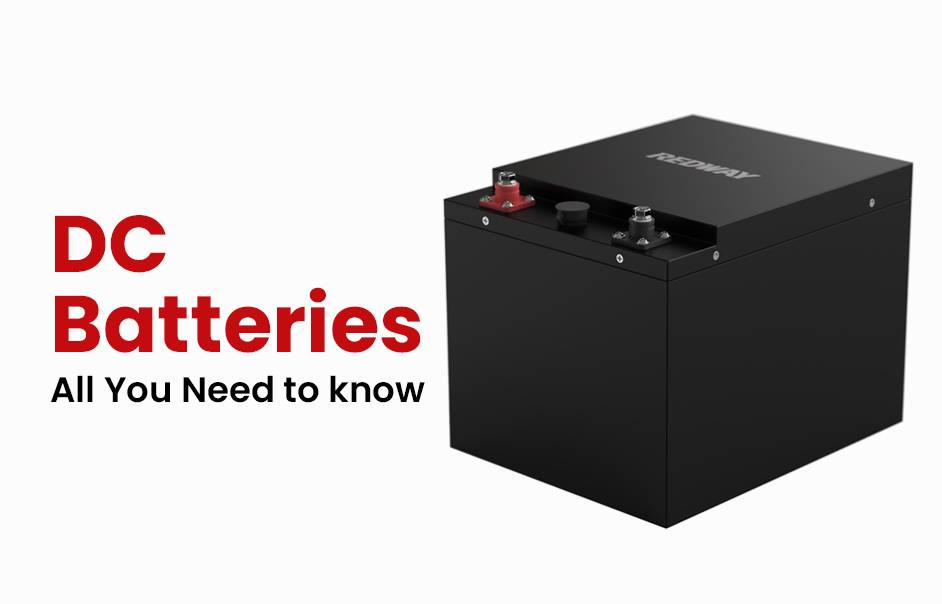- Lithium Golf Cart Battery
- Forklift Lithium Battery
-
48V
- 48V 210Ah
- 48V 300Ah
- 48V 420Ah (949 x 349 x 569 mm)
- 48V 420Ah (950 x 421 x 450 mm)
- 48V 456Ah
- 48V 460Ah (830 x 630 x 590 mm)
- 48V 460Ah (950 x 421 x 450 mm)
- 48V 460Ah (800 x 630 x 600 mm)
- 48V 460Ah (820 x 660 x 470 mm)
- 48V 500Ah
- 48V 560Ah (810 x 630 x 600 mm)
- 48V 560Ah (950 x 592 x 450 mm)
- 48V 600Ah
- 48V 630Ah
-
48V
- 12V Lithium Battery
12V 150Ah Lithium RV Battery
Bluetooth App | BCI Group 31
LiFePO4 Lithium
Discharge Temperature -20°C ~ 65°C
Fast Charger 14.6V 50A
Solar MPPT Charging - 24V Lithium Battery
- 36V Lithium Battery
- 48V Lithium Battery
-
48V LiFePO4 Battery
- 48V 50Ah
- 48V 50Ah (for Golf Carts)
- 48V 60Ah (8D)
- 48V 100Ah (8D)
- 48V 100Ah
- 48V 100Ah (Discharge 100A for Golf Carts)
- 48V 100Ah (Discharge 150A for Golf Carts)
- 48V 100Ah (Discharge 200A for Golf Carts)
- 48V 150Ah (for Golf Carts)
- 48V 160Ah (Discharge 100A for Golf Carts)
- 48V 160Ah (Discharge 160A for Golf Carts)
-
48V LiFePO4 Battery
- 60V Lithium Battery
-
60V LiFePO4 Battery
- 60V 20Ah
- 60V 30Ah
- 60V 50Ah
- 60V 50Ah (Small Size / Side Terminal)
- 60V 100Ah (for Electric Motocycle, Electric Scooter, LSV, AGV)
- 60V 100Ah (for Forklift, AGV, Electric Scooter, Sweeper)
- 60V 150Ah (E-Motocycle / E-Scooter / E-Tricycle / Tour LSV)
- 60V 200Ah (for Forklift, AGV, Electric Scooter, Sweeper)
-
60V LiFePO4 Battery
- 72V~96V Lithium Battery
- Rack-mounted Lithium Battery
- E-Bike Battery
- All-in-One Home-ESS
- Wall-mount Battery ESS
-
Home-ESS Lithium Battery PowerWall
- 24V 100Ah 2.4kWh PW24100-S PowerWall
- 48V 50Ah 2.4kWh PW4850-S PowerWall
- 48V 50Ah 2.56kWh PW5150-S PowerWall
- 48V 100Ah 5.12kWh PW51100-F PowerWall (IP65)
- 48V 100Ah 5.12kWh PW51100-S PowerWall
- 48V 100Ah 5.12kWh PW51100-H PowerWall
- 48V 200Ah 10kWh PW51200-H PowerWall
- 48V 300Ah 15kWh PW51300-H PowerWall
PowerWall 51.2V 100Ah LiFePO4 Lithium Battery
Highly popular in Asia and Eastern Europe.
CE Certification | Home-ESS -
Home-ESS Lithium Battery PowerWall
- Portable Power Stations
Is It Safe to Leave Milwaukee Batteries on Tools?

Leaving Milwaukee batteries on tools may seem convenient, but it can pose risks such as reduced lifespan and potential safety hazards. Proper storage and maintenance practices can help ensure optimal performance and longevity of your tools and batteries.
What happens if you leave Milwaukee batteries on the tool for too long?
Leaving Milwaukee batteries attached to tools during extended periods of non-use can lead to several issues, including self-discharge and potential damage from environmental exposure. While modern lithium-ion batteries are designed to withstand some level of attachment, it is generally recommended to remove them when not in use for prolonged periods.
How does battery type affect storage and performance?
The type of battery significantly influences how it should be stored:
- Lithium-Ion Batteries: These are less prone to memory effect but should be stored between 40% and 60% charge for optimal longevity.
- NiCad/NiMH Batteries: Older technologies that may suffer from self-discharge and memory effects; they require more careful management during storage.
Chart: Battery Types and Storage Recommendations
| Battery Type | Recommended Charge Level | Storage Conditions |
|---|---|---|
| Lithium-Ion | 40% – 60% | Cool, dry place |
| NiCad/NiMH | Full charge | Cool, dry place, avoid full discharge |
What are the risks of leaving batteries attached to tools?
Leaving batteries on tools poses several risks:
- Discharge Risk: Batteries may lose charge over time when left attached.
- Environmental Exposure: Heat, moisture, and dust can negatively impact battery performance.
- Corrosion Hazards: Moisture can cause corrosion at terminals, leading to poor connections.
How can you properly store Milwaukee batteries when not in use?
To ensure longevity, follow these storage tips:
- Store in a cool, dry place away from extreme temperatures.
- Keep terminals clean and free from moisture.
- Use original packaging or dedicated cases to prevent physical damage.
- Remove from tools during extended periods of non-use.
What are best practices for maintaining Milwaukee batteries?
To maintain your Milwaukee batteries effectively:
- Regularly inspect for physical damage or leaks.
- Follow proper charging practices as outlined by the manufacturer.
- Avoid overcharging; disconnect once fully charged.
- Keep battery terminals clean with a soft cloth.
Can leaving a battery on a tool impact its lifespan?
Yes, while modern lithium-ion batteries are designed for convenience, leaving them attached during long periods of inactivity can lead to self-discharge and potential damage from environmental factors. Regularly removing them helps maintain their performance and extends their lifespan.
What are the signs that a Milwaukee battery needs replacement?
Signs that your battery may need replacement include:
- Reduced runtime compared to previous performance.
- Swelling or physical damage to the battery casing.
- Inability to hold a charge after following proper charging practices.
Tips for Battery Wholesale Buyers
When sourcing lithium-ion batteries from manufacturers like Redway Power, consider these key points:
- Verify specifications and compatibility with your tools.
- Ensure compliance with safety standards.
- Inquire about warranty terms and customer support.
Making OEM orders involves:
- Researching potential suppliers thoroughly.
- Requesting samples before committing to bulk purchases.
- Discussing customization options based on specific needs.
With over 13 years of experience, Redway Power is an excellent choice for OEM orders, providing reliable lithium batteries as an alternative to traditional lead-acid options.
Redway Power Expert Views
“Proper care and storage of lithium-ion batteries not only enhance their lifespan but also ensure safety during use. Users should be proactive in maintaining their tools and understanding their battery needs,” states an expert from Redway Power.
FAQ Section
- Is it bad to leave my Milwaukee battery on the tool?
While it’s convenient, it’s best to remove it during long periods of inactivity to prevent self-discharge and environmental damage. - How long can I leave my Milwaukee battery on the tool?
It’s recommended to remove the battery if not used for more than a few weeks. - What should I do if my battery won’t hold a charge?
Inspect for physical damage; if none is found, try recharging following manufacturer instructions. If issues persist, consider replacement. - Can I store my Milwaukee battery in my garage?
Yes, but ensure the garage is temperature-controlled and dry to avoid extreme conditions that could harm the battery. - What is the optimal temperature range for storing lithium-ion batteries?
Store them in a cool place, ideally between 10°C (50°F) and 25°C (77°F) for best performance.
























